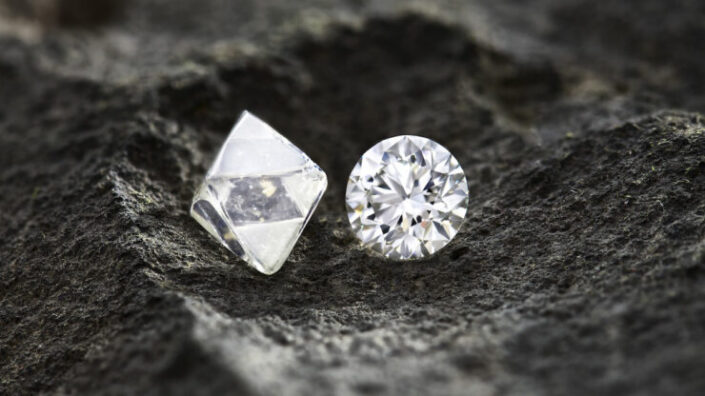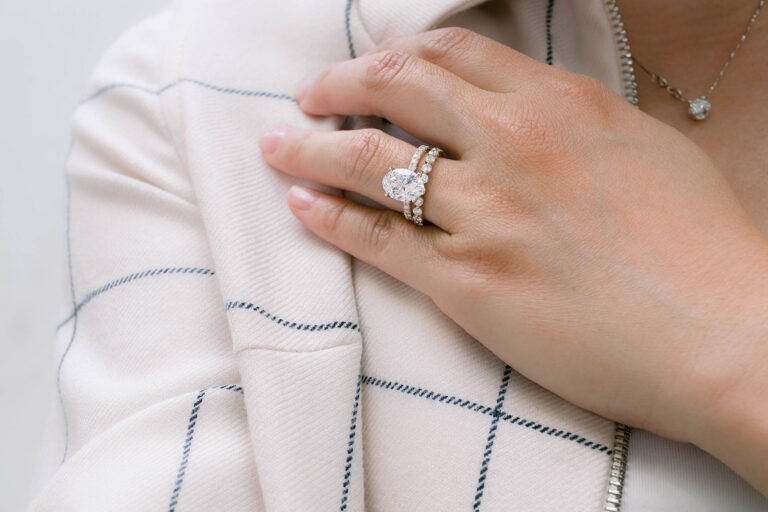Decoding the Differences: A Comprehensive Guide to Lab-Grown Diamonds and Moissanite is an in-depth guide for anyone looking to understand the differences between lab-grown diamonds and moissanite.
This comprehensive guide covers topics from origin, color, clarity, sustainability and cost so that readers can make an informed decision when choosing a gemstone or diamond for their jewelry needs. With this guide, readers will learn about both lab-grown diamonds and moissanite so they can select the perfect stone for them.
1. Introduction to Lab-Grown Diamonds and Moissanite
Lab-Grown Diamonds and Moissanite are two of the most popular man-made gemstones available today. Lab-Grown Diamonds are created in a laboratory environment using advanced technology to replicate diamonds physical properties. On the other hand, Moissanite is an entirely different material that looks like a diamond but is composed of silicon carbide.
Both gems have become increasingly popular for use in jewelry due to their affordability, stunning beauty and ethical production processes. Decoding the Differences: A Comprehensive Guide to Lab-Grown Diamonds and Moissanite provides readers with a deeper understanding of these gems so they can make an informed decision when shopping for fine jewelry or engagement rings.
This article covers everything from how each stone is made, its chemical composition, sparkle factor and pricing differences so you can choose the one that best suits your needs.
2. Advantages of Lab-Grown Diamonds
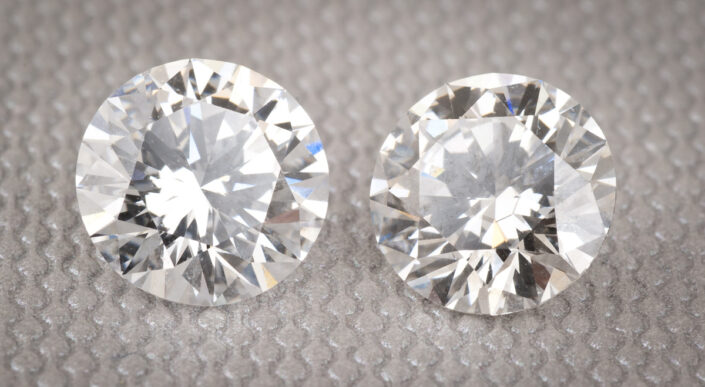
Lab-grown diamonds provide an array of advantages over traditionally mined diamonds. The main advantage is the cost savings; lab diamonds uk are typically 25 to 40 percent less expensive than mined diamonds. Additionally, since they can be created in a controlled environment, their quality and size can be more consistent than that of mined stones.
Lab-grown diamonds also have a minimal environmental impact due to their lack of mining operations and use of fewer natural resources as well. Furthermore, lab-grown diamond buyers tend to receive better customer service from retailers because the production process is simpler, meaning there’s less room for error or fraud when it comes to the grading or certifying them for value and authenticity.
3. Disadvantages of Lab-Grown Diamonds
Lab-Grown diamonds are an attractive alternative to mined diamonds due to their affordability and sustainability, however, there are some disadvantages that should be taken into consideration.
One of the main concerns is quality control; since lab-grown diamonds are not certified by organizations like the Gemological Institute of America (GIA) or International Gemological Institute (IGI), it can be difficult to verify their exact properties.
Additionally, even though they may have similar physical characteristics as natural diamonds, such as clarity and color, they tend to lack in depth and brilliance compared with a mined diamond. Lastly, many jewelers do not offer warranties for lab-grown diamonds and may charge higher prices for cleaning or maintenance services.
4. Advantages of Moissanite
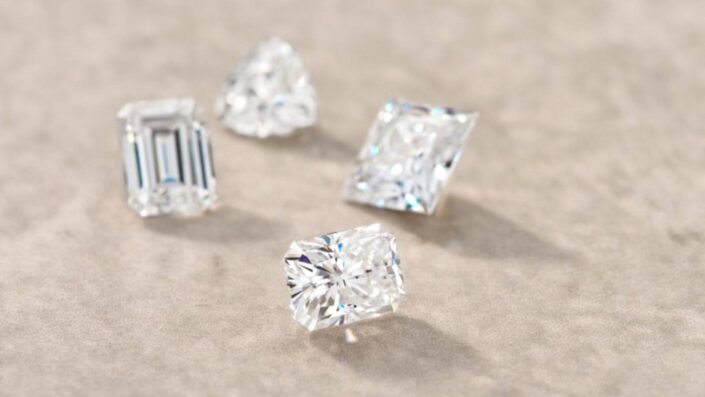
Moissanite is a lab-grown diamond alternative that has some distinct advantages over diamonds. Its chemical composition and near identical physical properties make it an attractive choice for those seeking to find an affordable, high-quality gemstone.
Moissanite is available in a variety of shapes and sizes, with the most popular being round brilliant cuts. It also offers superior brilliance compared to diamonds due to its higher refractive index of 2.65 – 2.69 (compared to a diamond’s refractive index of 2.42).
In addition, moissanite is highly durable; it boasts a hardness rating from 9 to 9 1/2 on the Mohs scale making it more scratch resistant than other gemstones such as topaz or sapphire which measure 8 on the Mohs scale. Lastly, moissanite has excellent color consistency—nearly all stones are clear and colorless with no need for treatments or enhancements like many natural gems require
5. Disadvantages of Moissanite
Moissanite is a beautiful gemstone and an excellent, more affordable alternative to diamonds. However, it does have some drawbacks that should be considered when deciding between the two. One of the most obvious disadvantages of moissanite is its hardness rating, which is lower than diamond – 9.5 versus 10 on the Mohs scale of mineral hardness. This means that it may not stand up as well to everyday wear and tear compared to diamonds, such as scratches or chips over time. Additionally, moissanite has been known to discolor if exposed to certain chemicals found in cleaning products or cosmetics; this can damage its beauty and value significantly over time. Finally, some jewelers may find it difficult to work with due its unique properties for setting stones securely into a piece of jewelry; often requiring special tools and techniques different from those used for diamonds.
6. Comparing the Costs of Lab-Grown Diamonds and Moissanite
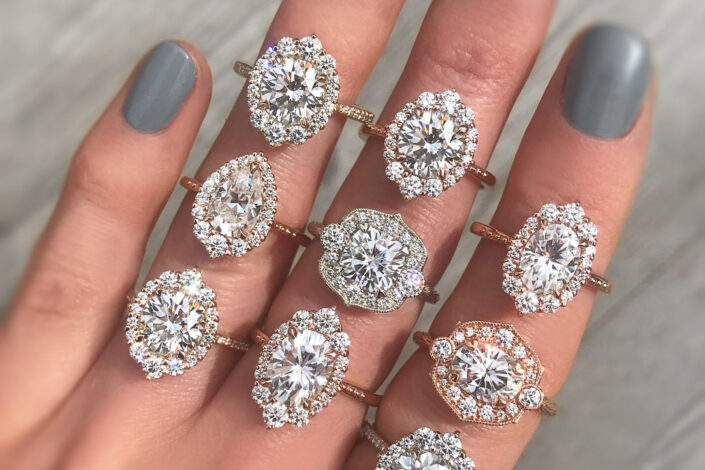
When it comes to comparing the costs of lab-grown diamonds and moissanite, there are a few different factors that come into play. Lab-grown diamonds tend to be slightly more expensive than mined diamonds due to their rarity, but they also offer a higher degree of clarity and sparkle that may make them worth the extra cost.
Moissanite on the other hand is generally much less expensive due to its abundance in nature, though it still offers excellent clarity and sparkle at a fraction of the price. Both stones have unique advantages and disadvantages when it comes to pricing, so understanding these differences can help you make an informed decision about which stone is right for your budget.
7. Lasting Quality for Both Options
When it comes to choosing between lab-grown diamonds and moissanite, lasting quality should be a major consideration. Lab-grown diamonds are composed of carbon atoms arranged in the same crystalline structure as mined diamonds and possess the same chemical, physical, and optical properties.
As such, they have identical hardness ratings and may last forever with proper care. Moissanite is also known for its durability—it ranks at 9 on the Mohs scale of mineral hardness—and can offer decades worth of wear without any loss in brilliance or sparkle. Both options will provide you with lasting beauty that’s sure to stand the test of time.
